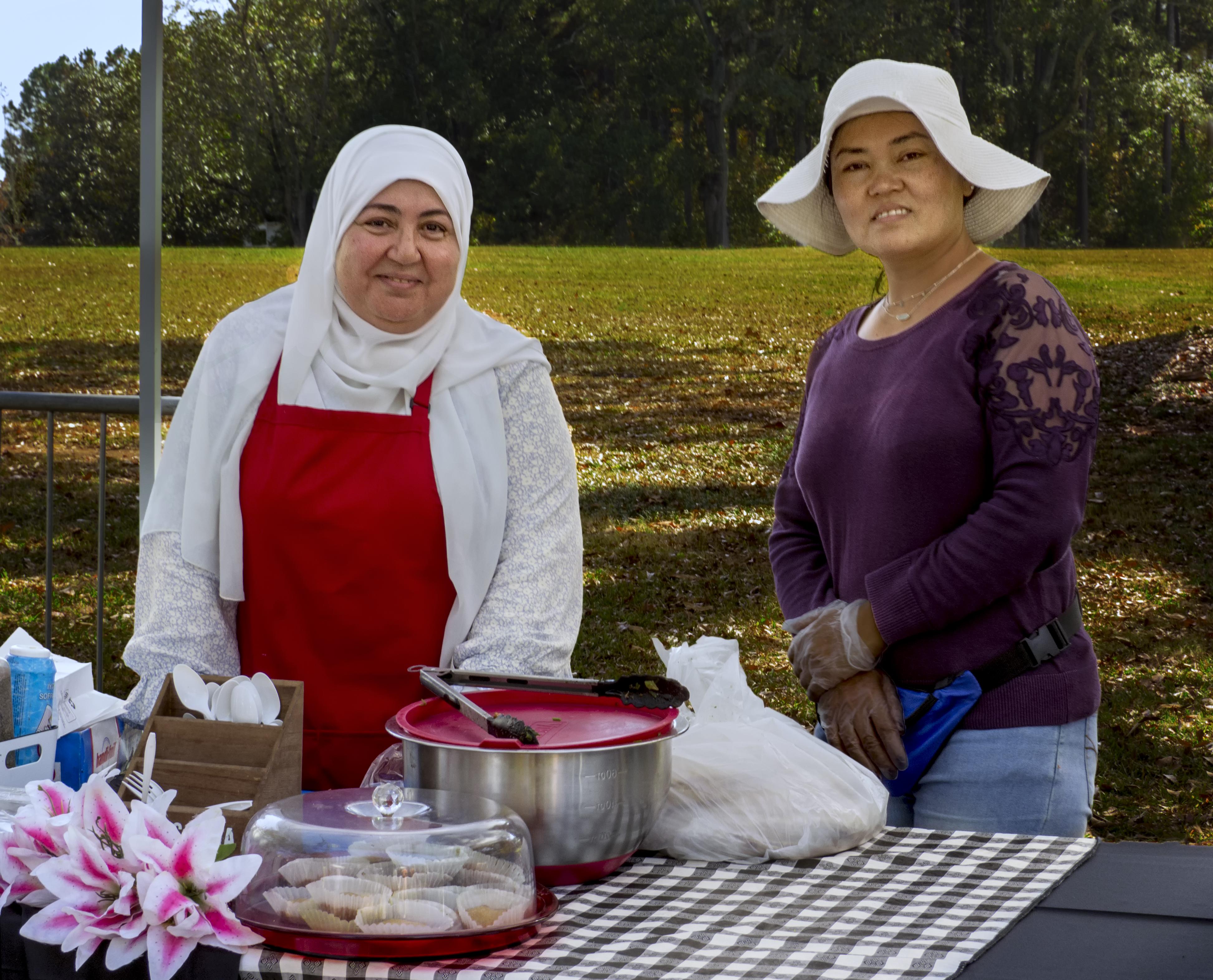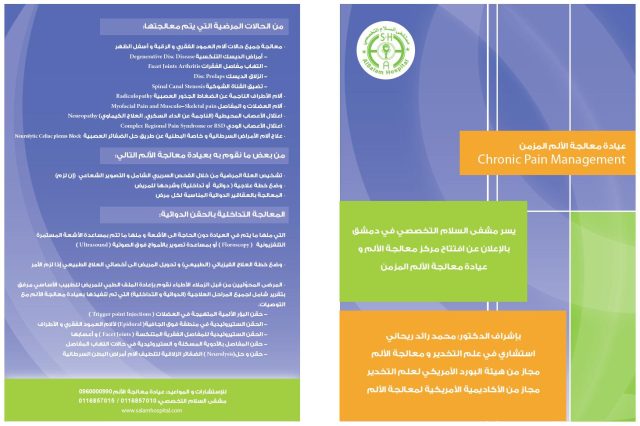As we journey through the golden years of life, the accumulation of experiences often comes with its own set of challenges, one of the most prevalent being chronic pain. For many seniors, this persistent discomfort can overshadow the joys of daily living, making even simple tasks feel daunting. However, managing chronic pain doesn’t have to be an insurmountable struggle. With a compassionate approach and informed strategies, seniors can regain control over their lives and improve their quality of life. In this article, we will explore practical tips and empathetic advice tailored to help seniors navigate the complexities of chronic pain. Whether you’re seeking ways to alleviate discomfort or support a loved one on this journey, our aim is to provide guidance that empowers and uplifts.
Understanding the Unique Challenges of Chronic Pain in Seniors
For seniors, chronic pain can be an overwhelming challenge, often accompanied by a host of unique difficulties. The aging process itself can exacerbate pain levels, with the body becoming more susceptible to conditions such as arthritis, neuropathy, and osteoporosis. Additionally, seniors might face barriers in communication, leading to underreporting of pain or a lack of understanding from caregivers and healthcare providers. This can result in inadequate pain management, which can significantly impact their quality of life.
Another layer of complexity is added by the potential for interactions between pain medications and other prescriptions commonly taken by seniors. Many older adults manage multiple health conditions simultaneously, and the risk of side effects or drug interactions is heightened. Therefore, it’s essential to approach pain management with a holistic view that considers both physical and mental well-being.
- Effective Communication: Encourage open dialogue with healthcare providers. Seniors should be empowered to express their pain levels clearly and describe how it affects their daily activities.
- Customized Pain Management Plans: Work with a healthcare professional to develop a plan that considers all health conditions and medications. This may include physical therapy, alternative treatments, or adjustments to current medications.
- Emotional Support: Chronic pain can take a toll on mental health. Providing emotional support through counseling or support groups can be beneficial.
| Challenge | Impact |
|---|---|
| Communication Barriers | Leads to underreporting and inadequate pain management |
| Medication Interactions | Increases risk of side effects and complications |
| Emotional Distress | May cause depression and anxiety |

Practical Lifestyle Adjustments to Alleviate Pain
Chronic pain can significantly impact the quality of life, but with thoughtful adjustments, seniors can find relief and enhance their daily experiences. Small, mindful changes in daily routines can make a big difference. Here are some practical strategies to consider:
- Mindful Movement: Gentle exercises such as yoga, tai chi, or water aerobics can improve flexibility and reduce stiffness. These activities not only alleviate pain but also enhance balance and mental well-being.
- Nutrition and Hydration: A balanced diet rich in anti-inflammatory foods like leafy greens, nuts, and fatty fish can help manage pain levels. Staying hydrated is equally important to maintain joint lubrication and overall health.
- Rest and Relaxation: Establishing a consistent sleep routine can help the body heal and recharge. Incorporating relaxation techniques such as meditation or deep-breathing exercises can also reduce stress and pain perception.
| Adjustment | Benefit |
|---|---|
| Regular Stretching | Enhances flexibility and reduces tension |
| Heat Therapy | Soothes sore muscles and improves circulation |
| Adaptive Tools | Facilitates easier daily tasks, reducing strain |
These adjustments, tailored to individual needs, can empower seniors to manage their chronic pain more effectively. Always consult with healthcare providers to ensure these strategies align with personal health conditions.

Exploring Safe and Effective Pain Management Therapies
Managing chronic pain in seniors requires a compassionate and tailored approach. Non-pharmacological therapies can often be effective and are worth exploring. Here are some options:
- Physical Therapy: Engaging in guided exercises can improve mobility and reduce discomfort. A physical therapist can create a personalized exercise plan.
- Mindfulness and Relaxation Techniques: Practices such as meditation, deep breathing, and gentle yoga can help in managing stress and reducing the perception of pain.
- Heat and Cold Therapy: Alternating between heat pads and cold packs can alleviate muscle tension and inflammation.
In addition to these therapies, diet and lifestyle changes play a crucial role in managing pain:
| Nutrient | Benefit | Sources |
|---|---|---|
| Omega-3 Fatty Acids | Reduces inflammation | Fish, flaxseeds, walnuts |
| Vitamin D | Improves bone health | Sun exposure, fortified milk |
| Antioxidants | Protects against cell damage | Berries, green tea, dark chocolate |
fostering a supportive environment is essential. Encourage open communication with healthcare providers to regularly review pain management strategies. Family involvement and community support can also make a significant difference in the quality of life for seniors dealing with chronic pain.

Building a Supportive Network for Emotional and Physical Well-being
- Connect with Others: Engage with local senior centers or online forums where you can share experiences and advice. Building relationships with others who understand your journey can offer emotional support and practical tips. Consider forming or joining a small group that meets regularly to discuss challenges and celebrate victories.
- Family and Friends: Don’t hesitate to lean on family members and close friends. Open communication about your pain levels and limitations can foster understanding and help them provide the support you need. Schedule regular check-ins or social activities to maintain strong connections.
- Professional Support: Consult with healthcare professionals like physical therapists or psychologists who specialize in chronic pain management. They can offer tailored strategies and coping mechanisms to improve your quality of life.
| Support Type | Benefits |
|---|---|
| Peer Groups | Shared experiences and empathy |
| Family | Emotional and practical support |
| Healthcare Professionals | Expert advice and tailored strategies |
Utilizing a supportive network can make a significant difference in managing chronic pain. Engagement and communication are key to maintaining these relationships, ensuring that you’re not facing the challenges alone. Remember, it’s okay to ask for help and lean on others for strength and encouragement.








































